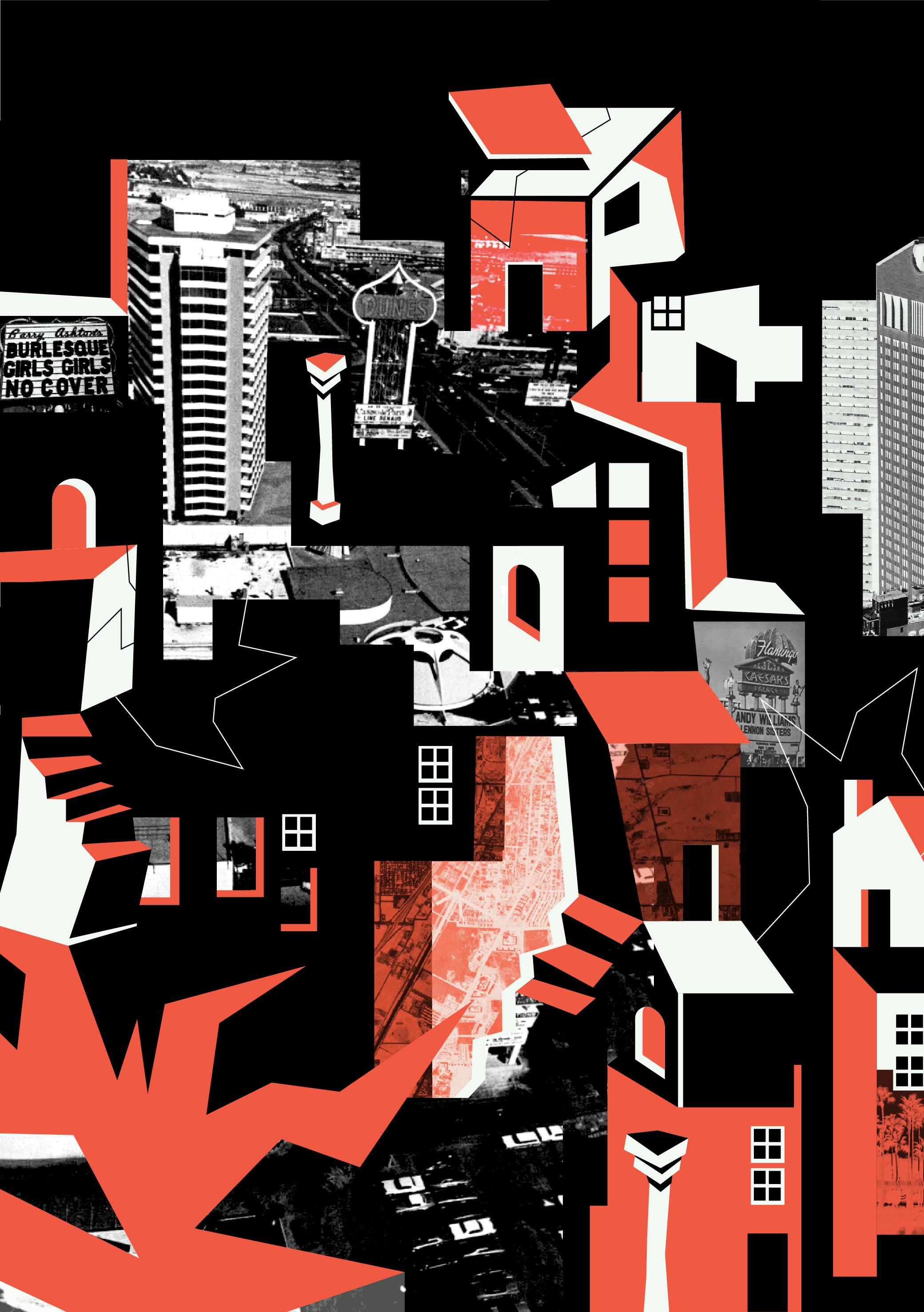
2 minute read
CONCLUSION
CONCLUSION
Postmodernist design revived an interest in ornament, symbolism and visual wit, which all defy the Modernist concepts of restraint, order, functionality but also their key belief in progression and technological advance. This style is a direct result of a broader thinking characterised by a distrust of metanarratives and which comes from post-industrial, late capitalist society in the aftermath of WWII. This reacceptance of the symbols of ordinary life, saturation of images and visual play in design, such as in the examples discussed above, that centers around entertaining and facilitating the masses is a part of this late capitalist society where consumerism, pop culture and the image are so forefront in our society that they become embedded in design. Advances in technology assault us with images and messages, disrupting the way we experience time, which when coupled with jaded skepticism brought by modern design’s failures and the violent technology of WWII, led to the disintegration of the concept of progress. This produced a simultaneous learning from the past and explosion of new visual styles which shook the foundations of modernism and gave the world of design the diversity it has today.
Advertisement
Farrell, Terry, and Adam Nathaniel Furman.
“Revisiting Postmodernism”. RIBA, 2017.
Hargreaves, George.
“Post Modernism Looks Beyond Itself”. Landscape Architecture, vol. 73, no. 4, 1983, pp. 60–65. JSTOR, www.jstor.org/stable/44666707
Hinshaw, Mark.
“Postmodern Postmortem”. Landscape Architecture, vol. 91, no. 6, 2001, pp. 132–131. JSTOR, www.jstor. org/stable/44671034.
Hughes, Robert.
“Doing Their Own Thing”. Time Magazine: U.S. Architects: Goodbye To Glass Boxes And All That, 1997, www.content.time.com/time/subscriber/ article/0,33009,919959-10,00.html.
Jameson, Frederic.
“The Cultural Logic Of Late Capitalism”. Verso, 1993.
Jobling, Paul, and David Crowley.
“Graphic Design: Reproduction and Representation”. Manchester University Press, 2003, pp. 271-288.
Julier, Guy.
“The Thames And Hudson Dictionary Of 20th Century Design And Designers.” Thames And Hudson, 1999.
Keedy, Jeffrey.
“Graphic Design In The Postmodern Era”. Emigre, 1998, https://www.emigre.com/Essays/Magazine/ GraphicDesigninthePostmodernEra.
Larson, Magali Sarfatti.
“Architectural Competitions as Discursive Events. Theory and Society”, vol. 23, no. 4, 1994, pp. 469- 504. JSTOR, www.jstor.org/stable/657888.
Schmandt, Michael J.
“Postmodern Phoenix”. Geographical Review, vol. 85, no. 3, 1995, pp. 349–363. JSTOR, www.jstor.org/ stable/215278.
Stephanson, Anders.
“Regarding Postmodernism. A Conversation with Fredric Jameson”. Social Text, no. 17, 1987, pp. 29–54. JSTOR, www.jstor.org/stable/466477.
Strinati, Dominic.
“An Introduction To Theories Of Popular Culture”. Routledge, 2005.
Sturken, Marita, and Lisa Cartwright.
Practices Of Looking. 2nd ed., Oxford University Press, 2009, pp. 307-343.
Venturi, Robert et al.
“Learning From Las Vegas”. MIT Press, 1972.
Waugh, Evelyn.
“Decline And Fall”. Chapman And Hall, 1928.
Weingart, Wolfgang.
“My Typography Instruction at the Basle School of Design/Switzerland, 1968 to 1985.” Design Quarterly, no. 130, 1985, pp. 1–20. JSTOR, www.jstor.org/ stable/4091153.
Weingart, Wolfgang.
“Typography”. Lars Müller, 2000.






